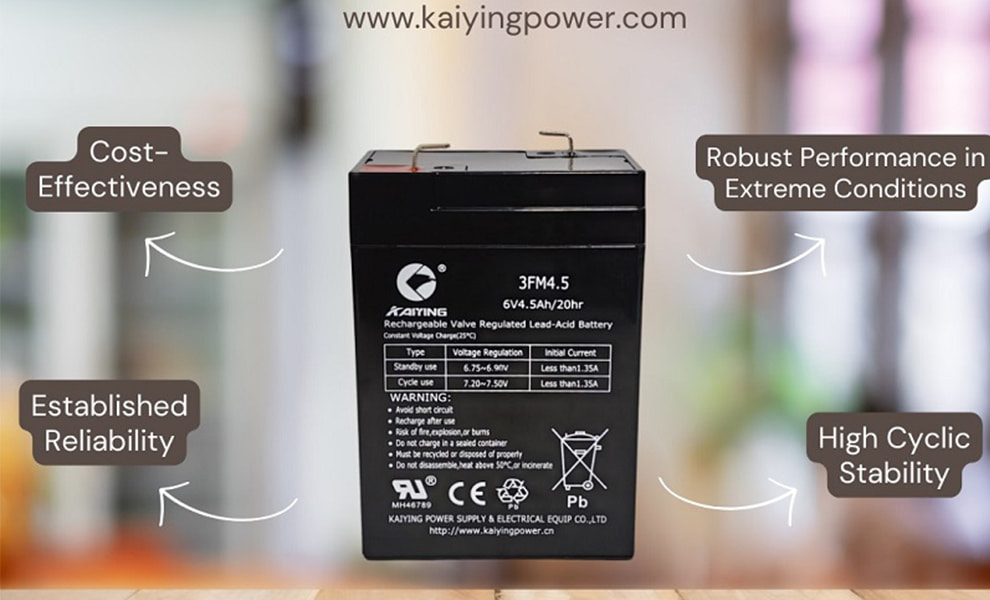How to choose a solar power generation system that suits you
First, you need to understand your energy needs.
A solar power generation system should be able to meet the electricity needs of your home or business.
Therefore, before choosing a solar power generation system, customers need to clarify their electricity consumption and electricity consumption time. You can get this information by checking your electricity bill or using electricity monitoring equipment. In addition, you need to consider the future growth trend of electricity consumption to ensure that the selected solar power generation system can meet your needs in the long run.
Second, you need to understand the roof installation conditions or ground installation conditions.
Solar power generation systems usually need to be installed on the roof (or open ground).
Therefore, roof conditions are one of the important factors in choosing a solar power generation system.
1. You need to determine the area and orientation of the roof. Generally speaking, a south-facing roof is the most ideal choice because it can receive the most sunlight.
2. You need to consider the load-bearing capacity of the roof to ensure that the installation of the solar power generation system will not cause damage to the roof structure.
3. You need to consider whether there are trees or buildings on the roof to ensure that the solar panels can fully receive sunlight.
Third, you need to consider the budget and return.
The installation and maintenance costs of the solar power generation system are one of the important considerations for selection.
1. You need to consider the initial investment of installing a solar power generation system, which includes the price of solar panels, inverters, batteries and other equipment as well as the installation costs.
2. You need to consider the operation and maintenance costs of the solar power generation system, such as replacing batteries, equipment maintenance, and cleaning of solar panels.
3. You need to calculate the payback period of the solar power generation system. Given that the price of solar power systems is relatively low now, the investment payback period has been greatly reduced.
Fourth, you need to consider the reliability and quality of the solar power generation system.
Choosing a reliable solar power generation system can ensure its long-term stable operation and reduce the cost of maintenance and replacement.
In short, choosing hopelightsolar solar power generation system that suits you needs to consider many aspects, including energy needs, roof conditions, budget and payback, and the design reliability and quality of the system.
Taking these into consideration, you can choose the photovoltaic system that best suits you and reduce your energy costs.

